Media | Articles
Croatian EV redefines fast, Mercedes’ electric camper vans, Ferrari fuel leaks prompt a recall
23 new records, 1 day: Rimac Nevera redefines fast
Intake: Rimac’s battery-powered Nevera just set 23 acceleration and braking records in a single day. The headliner is the Nevera’s 0-400-0-kph (0-249-0 mph) run, which it clicked off in just 29.93 seconds. That time is over a second quicker than the previous record, set in 2019 by the V-8-powered Swedish hypercar, the Koenigsegg Regera. Each of the Nevera’s records was independently verified by two third-party testing companies, Dewesoft and RaceLogic. Other records toppled by the 1914-hp, 1741 lb-ft Croatian rocket ship: 0–60 mph, 1.74 seconds; 0–100–0 kph (0–62–0 mph), 4.03 seconds; quarter-mile ET, 8.26 seconds; 0–100 mph, 3.23 seconds; and 0–250 mph, 21.89 seconds. (Highest times shown, since occasionally the two testing companies got different results.) Rimac will make only 150 Neveras, and deliveries are already underway.
Exhaust: From a standstill, the Nevera can accelerate to 400 kph (249 mph) and brake to a standstill faster than it took the McLaren F1 to reach 350 kph (216 mph). Not bad for company founder Mate Rimac, a guy who started by EV-swapping his E30 M3 after he blew its motor during a race. — Nathan Petroelje
Liter for liter, this Porsche 912 outguns a 911 2.7 RS

Intake: Hungary’s KAMM Manufaktur is fitting its Porsche 912c restomod with a two-liter JPS Aircooled flat-four with the highest claimed specific output of any air-cooled street engine. The motor’s 95-hp-per-liter shames the specific output of the real-deal Porsche 911 2.7 RS, whose engine can only muster 78 hp from the same displacement. Do the math and you’ll note that the car’s total power is 190 hp, which isn’t especially astonishing, but consider that the 912c weighs in at less than 1500 pounds: It’s a recipe for a riot. The minimal mass is courtesy of a part-carbon body and Lexan windows, while a full-fiber shell is also an option. KAMM has configured the 912c to make it at home on the road or the track. TracTive semi-active coilover suspension is installed, and there are APC brakes, a 901 five-speed manual transmission, and a ZF limited-slip differential. Each KAMM 912c costs $390,000 including a donor car, or $350,000, if you supply your own.
Exhaust: “The 912c is designed to be as usable as a modern car but retains the driving experience of a classic racing car,” says KAMM founder Miklós Kázmér. The idea definitely seems to have appeal with the first car set for delivery to an owner in Florida and only two build slots left in 2023. Look out for our test drive in the coming weeks. — Nik Berg
Mercedes luxury, camper vans coming to U.S.
Intake: A new battery-powered vehicle architecture from Mercedes-Benz will birth a new luxury van that will, at long last, be offered to American buyers. Beginning in 2026, all Benz’s commercial and private luxury vans will ride on a new modular, scalable platform called VAN.EA. The electric architecture will feature a standardized front module across all models, a scalable center one depending on the wheelbase and battery size of the van in question, and a rear one that will offer an electric motor for vans specced with all-wheel-drive capability. Alongside the luxury and commercial vans, Mercedes says it plans to introduce a new line of VAN.EA-based camper vans. Outputs, range, and battery capacities have not been released yet. Currently, the Mercedes-Benz eSprinter, which will go on sale in the U.S. later this year, claims to have traveled from Las Vegas, Nevada, to Long Beach, California, (roughly 283 miles) on a single charge of its 113-kWh battery pack. Expect the new VAN.EA architecture to offer driving ranges that match or exceed that distance—in at least some of the configurations.
Marketplace
Buy and sell classics with confidence
Exhaust: The van’s simple “two-box” layout makes it a prime candidate for electrification. Offering multiple models on a single architecture will reduce manufacturing complexities and offer significant cost savings—Mercedes says it plans to reduce portfolio variants by over 50 percent compared to its current vans with gas-powered engines. — NP
Over 400 Ferraris recalled for potential fuel leak

Intake: The National Highway Traffic Safety Administration has issued a recall for 425 Ferrari 296 GTB models from model years 2022 and 2023 and for GTS models from 2023. The issue relates to some corrosion detected on the fuel-tank connecting pipe due to unintended contact between the pipe, which is made of aluminum, and the high-voltage battery protection cover, which is made of glass fibers and inox steel (essentially stainless steel). Unintended contact between the pipe and the cover allowed the formation of corrosion on the pipe due to a chemical reaction between the aluminum and inox steel, which in turn allowed the formation of a hole in the pipe that permitted fuel leakage.
Exhaust: Ferrari is aware of no incidents that have been caused by the potential leakage. The fix is to install a new fuel-tank connecting pipe that is reinforced with an anticorrosive protective sleeve made of rubber. Owners of cars made on April 20 of 2033 or later needn’t worry—those 296s have already been fitted with the new pipe. — Steven Cole Smith
Higher incentives, income lower car payments

Intake: New-vehicle affordability improved slightly in April and contributed to improving new-vehicle sales, according to the Cox Automotive/Moody’s Analytics Vehicle Affordability Index. Most factors helped as declining new-vehicle prices, increasing incentives, and improving incomes offset a small increase in the average new auto loan rate. Median income grew by 0.3 percent, incentives from manufacturers increased to their highest point in a year, and the average new-vehicle transaction price declined slightly in April. The average new-vehicle loan interest rate increased by 3 basis points to 9.52 percent. As a result of these changes, the estimated typical monthly payment declined 0.3 percent to $766, from an upwardly revised $769 in March. The average monthly payment peaked at $792 in December 2022.
Exhaust: “Though we are seeing some slight improvement in our index, affordability challenges are still a major barrier to the new-vehicle market,” said Cox Automotive chief economist Jonathan Smoke. “We continue to see subprime buyers [those with below-average credit scores —Ed.] squeezed out of the auto market by the Fed repeatedly moving rates higher. The 10 consecutive rate increases have limited who can buy vehicles to mostly high-income, high-credit-score buyers.” — SCS
***
Check out the Hagerty Media homepage so you don’t miss a single story, or better yet, bookmark it. To get our best stories delivered right to your inbox, subscribe to our newsletters.

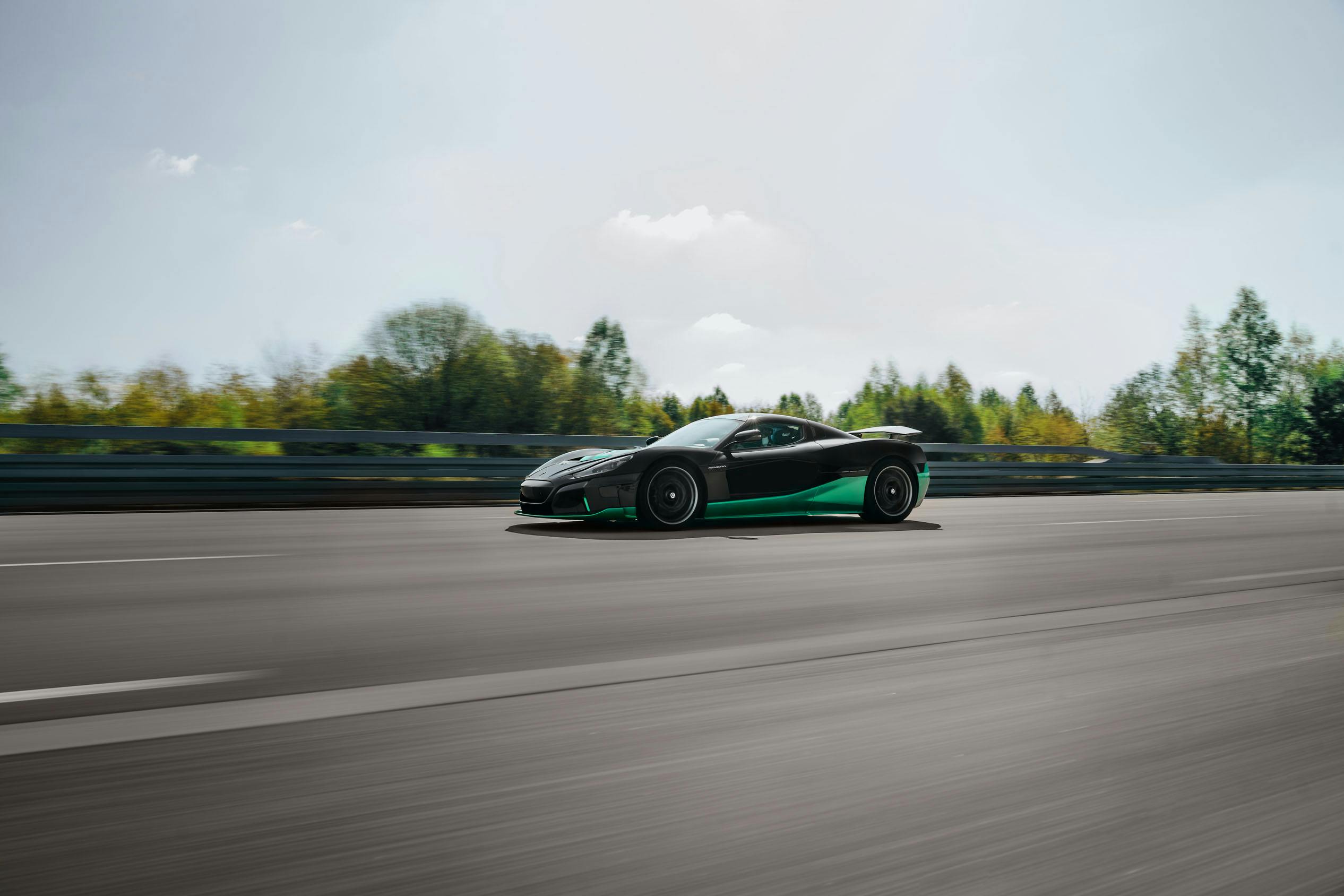
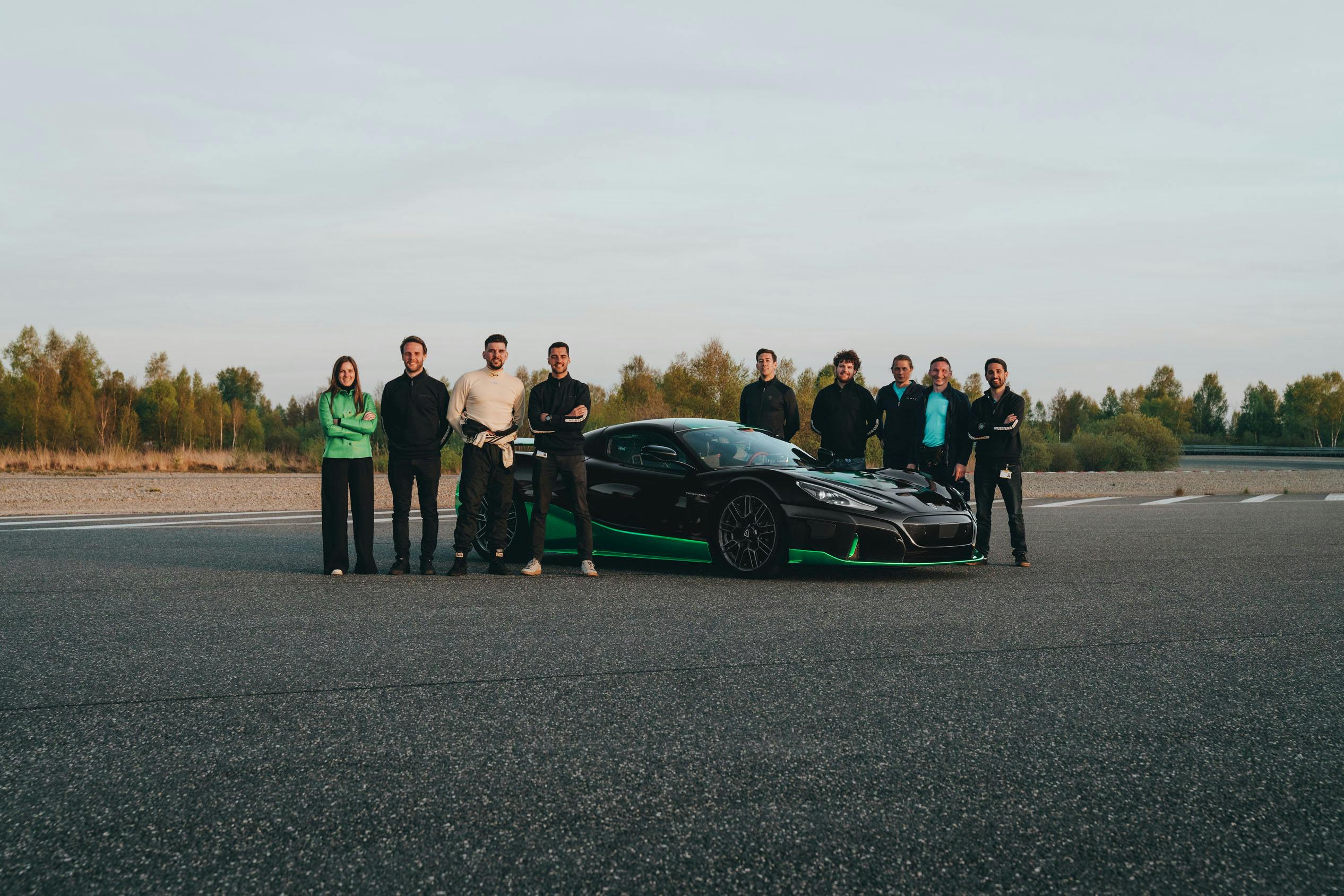

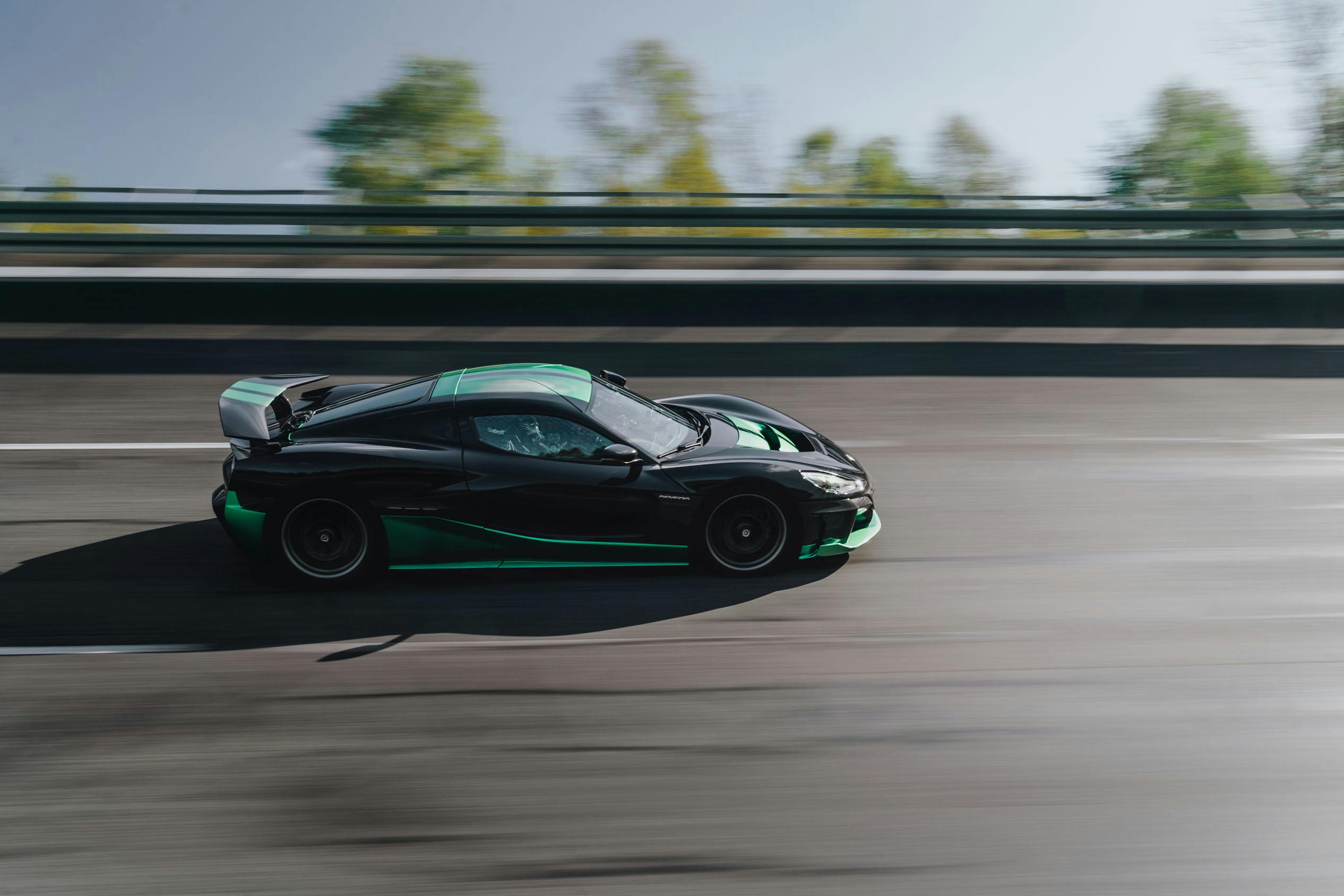
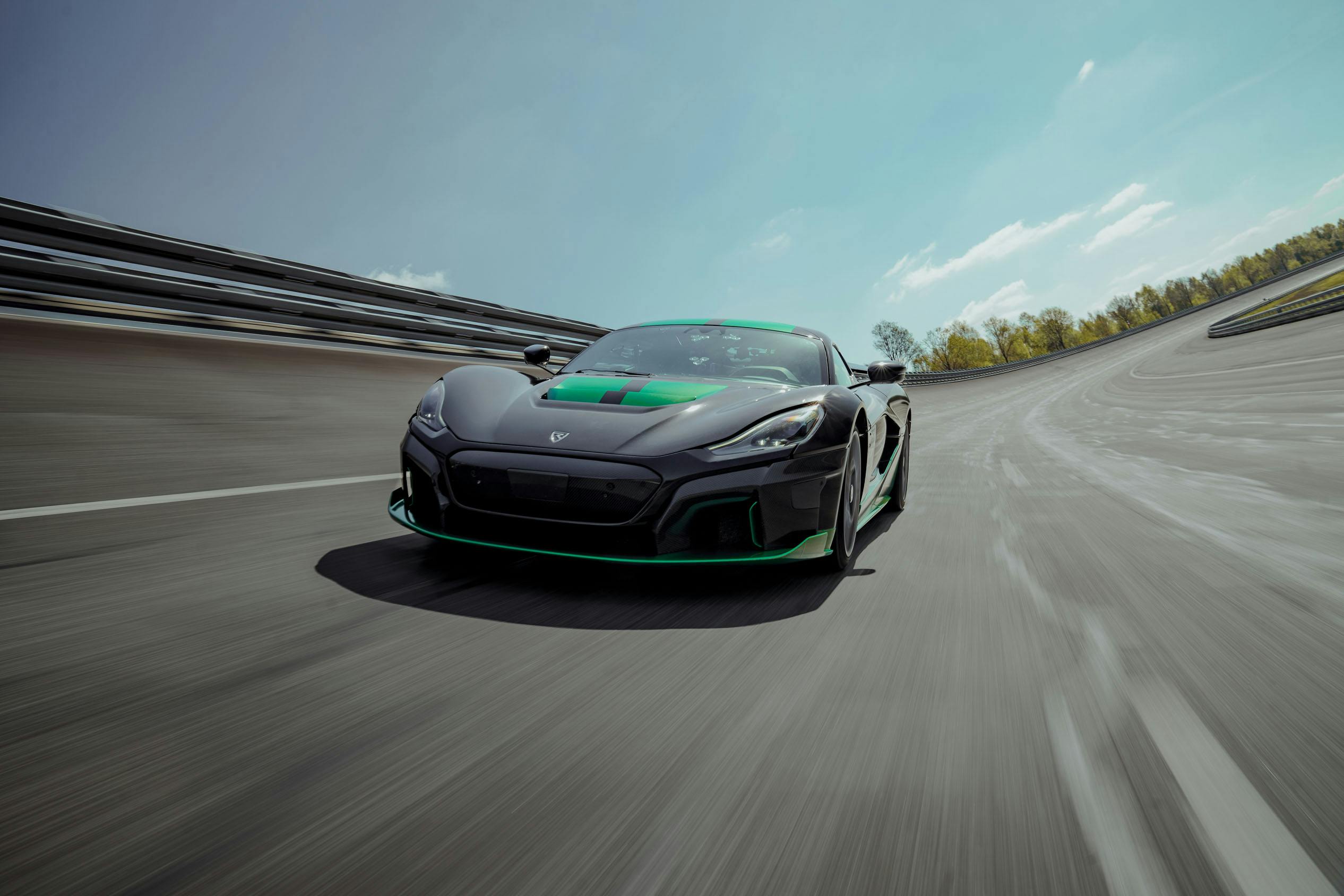
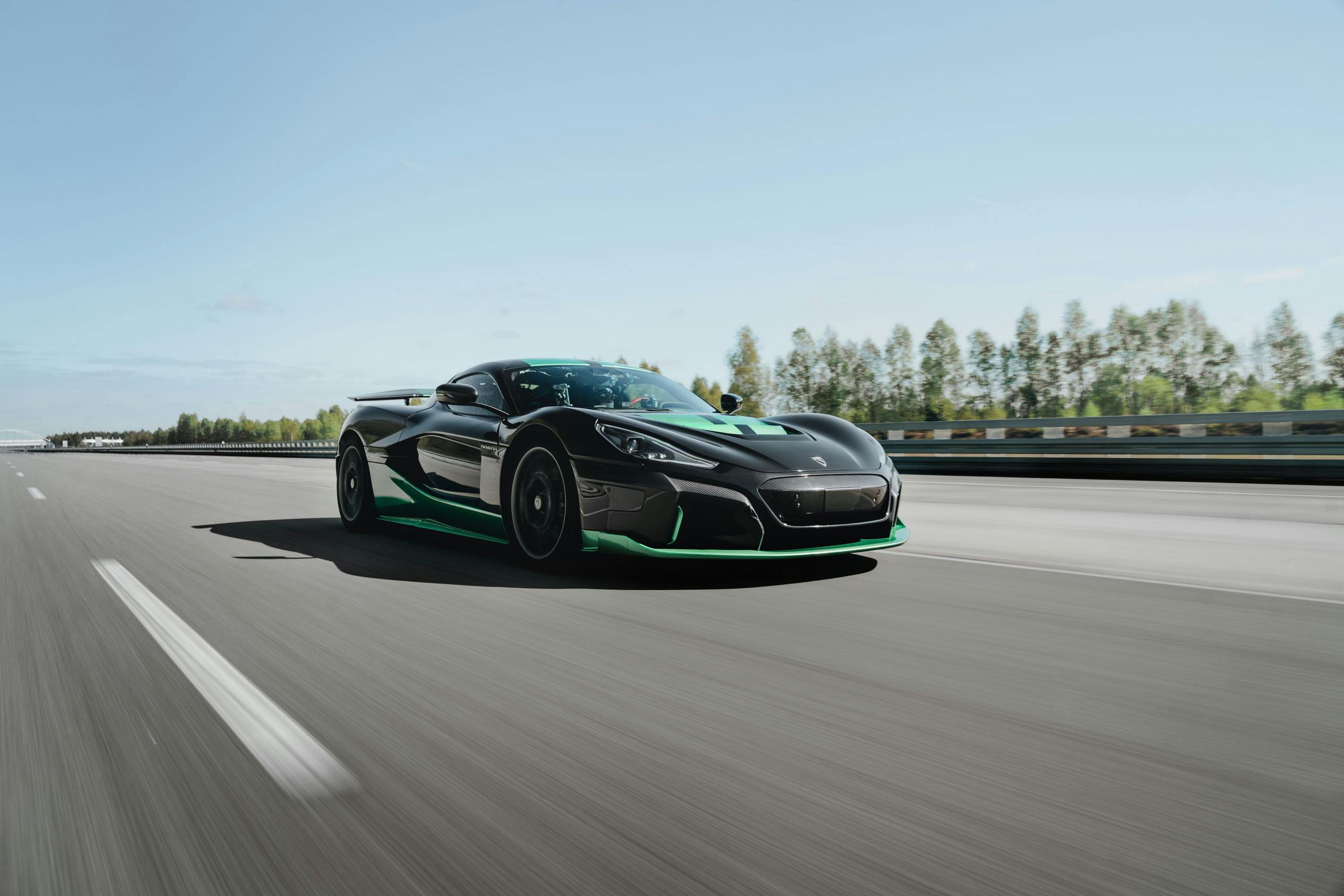
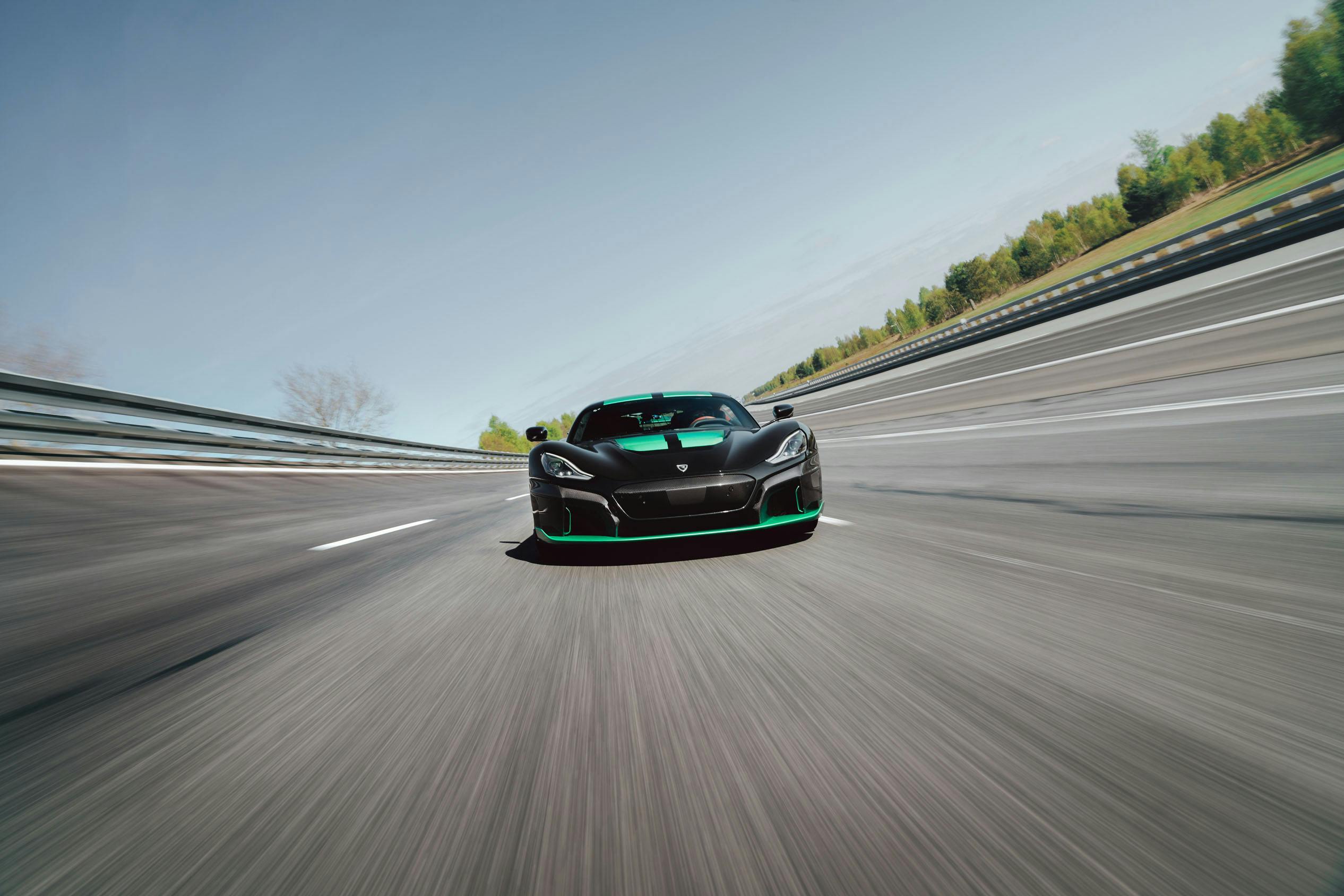
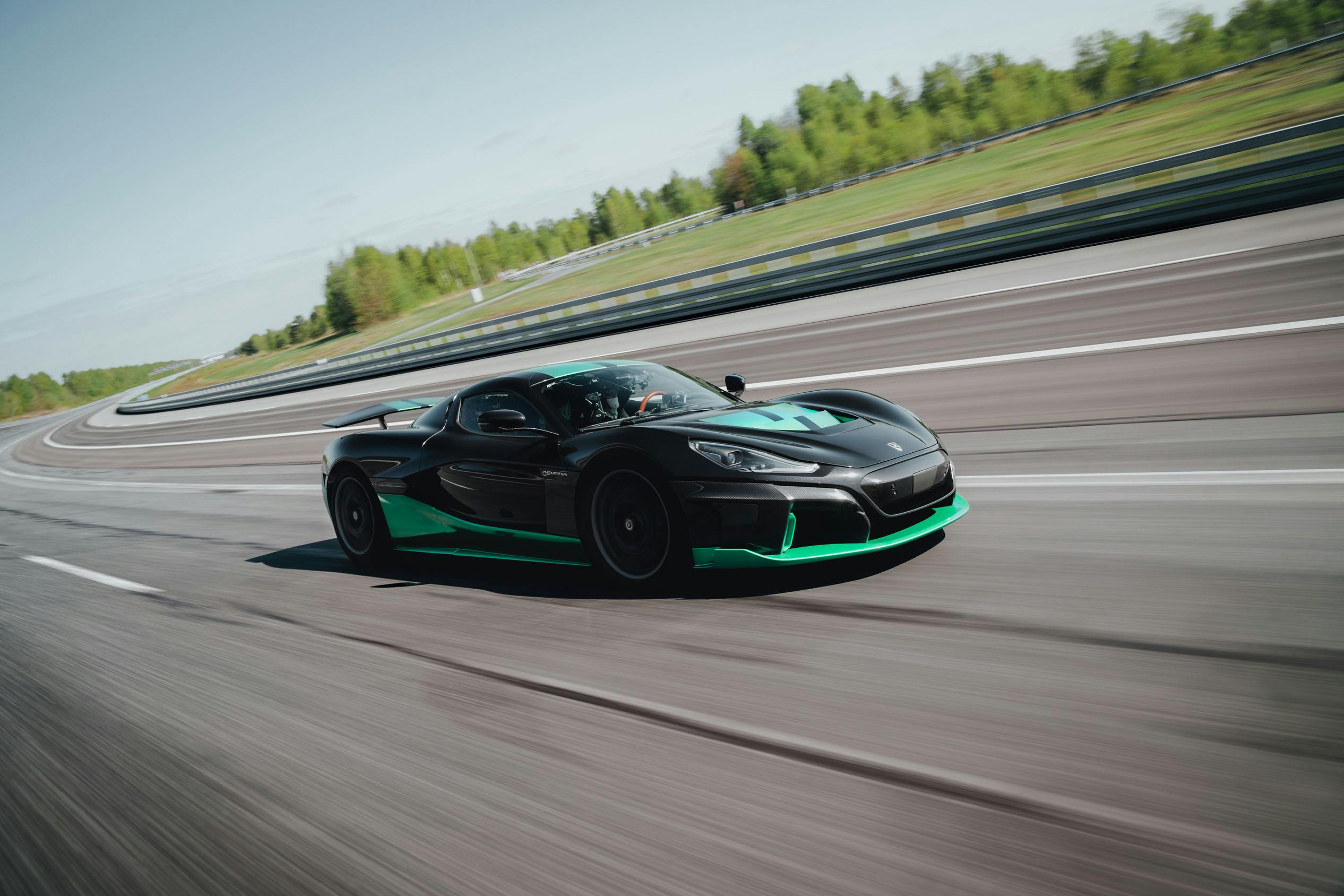
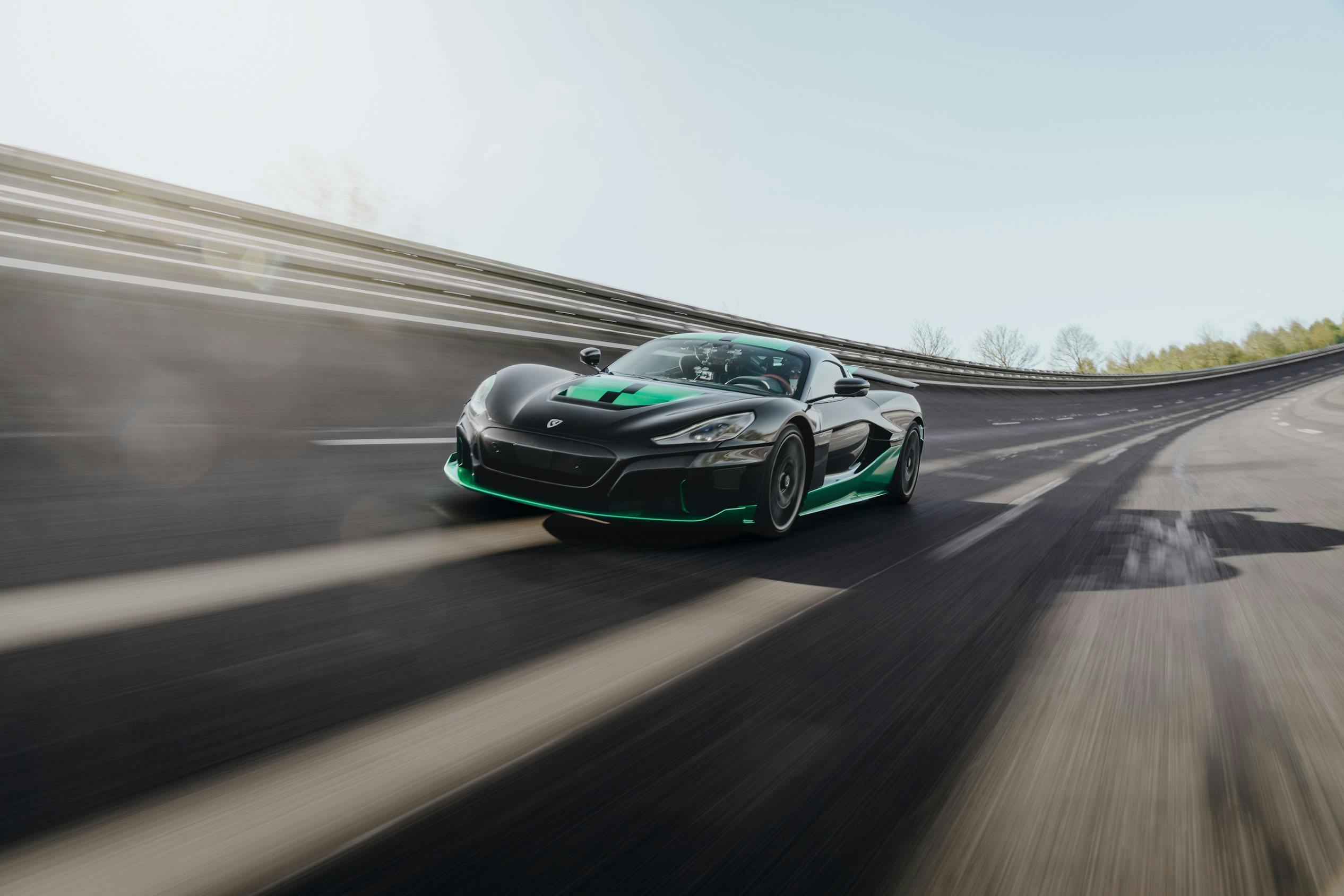



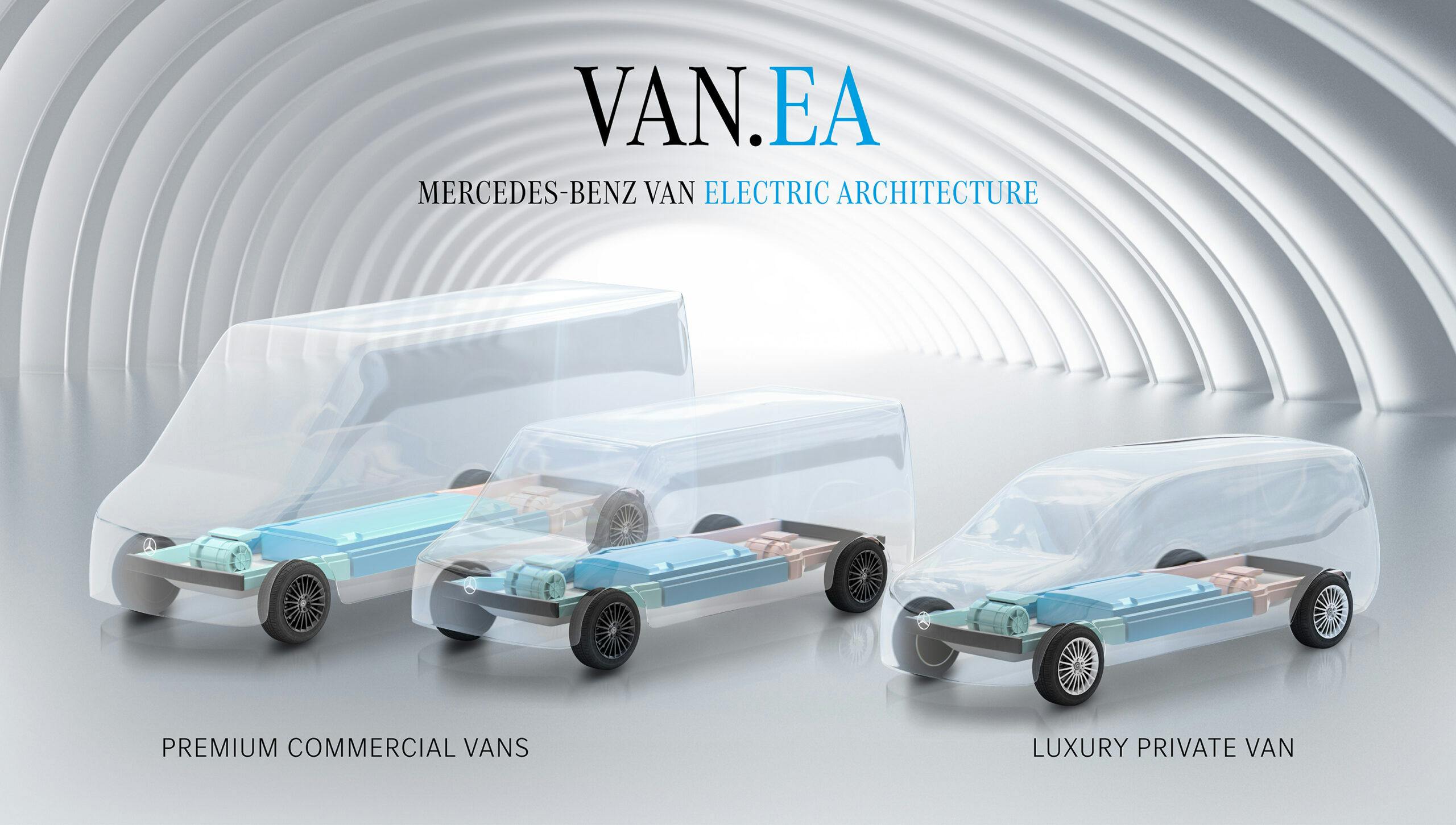
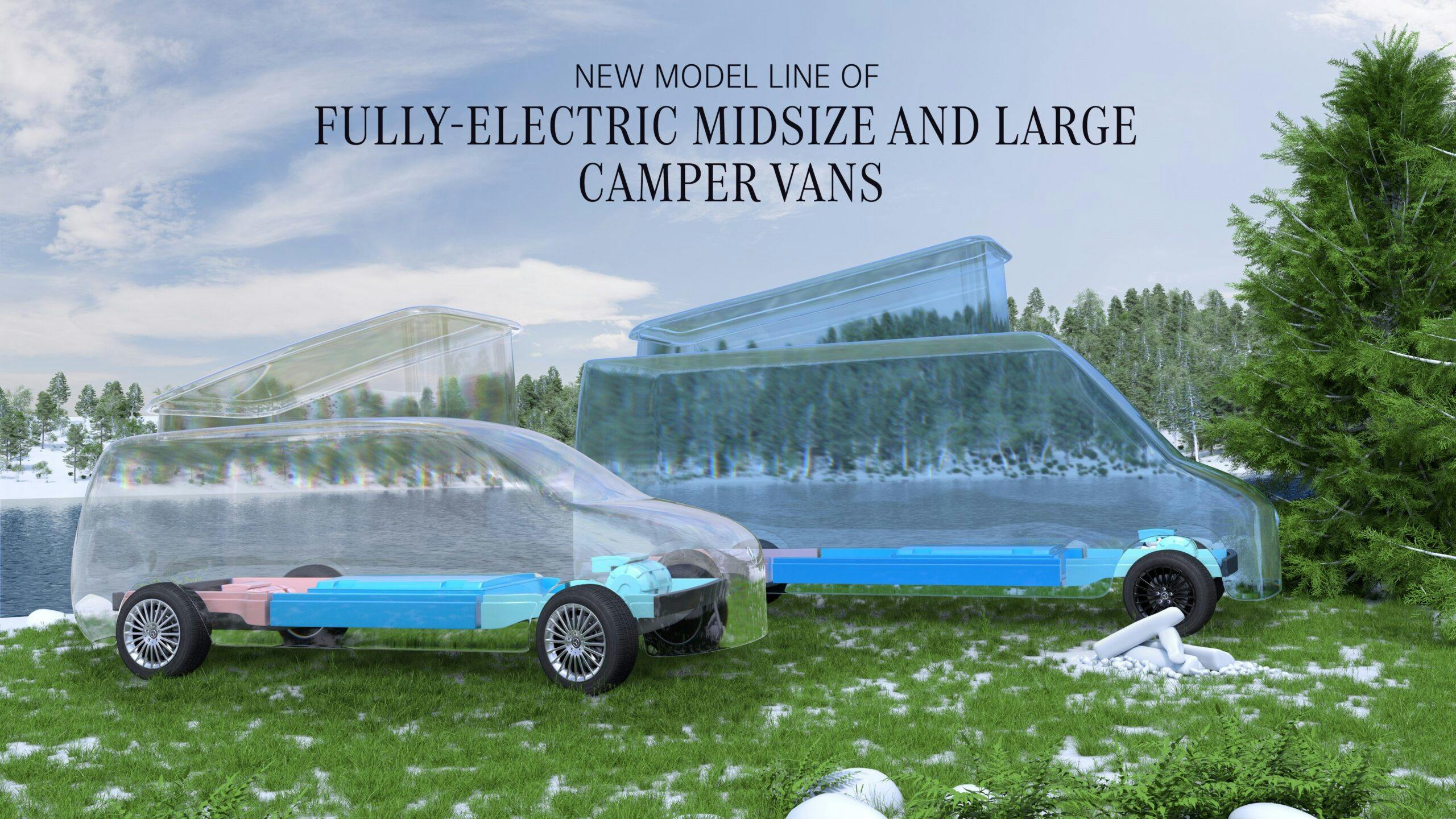




























MB reducing the number of van variations by 50% even in the USA still leaves a staggering amount of factory customization options, so that’s good to hear. I’m very interested to see how MB does with these new vans and how many variations actually come to the USA. Fingers crossed they don’t screw it up!
A Porsche 912 for $390,000??? Nope.
Rimac’s car is amazing. I’d still take a McLaren F1 over it though.